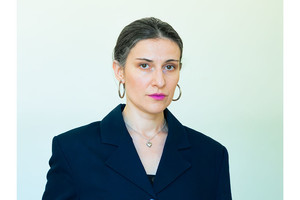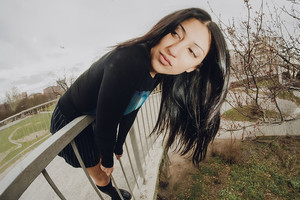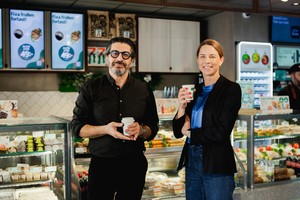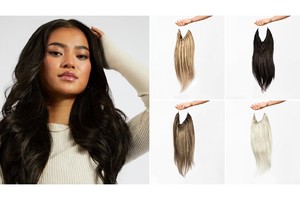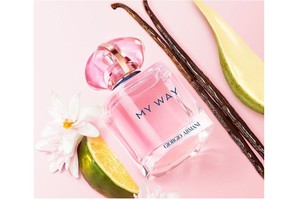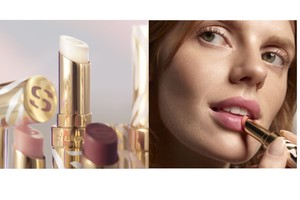Yves Scherer: “Being An Artist is about Showing up Every Day”
Written by Natalia MunteanTo kick off Stockholm Art Week, we have asked a number of interesting people from the city’s art scene questions to explore their relationship to art and the city.
Born in Switzerland, Yves Scherer’s work explores identity through sculptures, lenticular prints, and installations that blend autobiographies, collective memories, and fan fiction, blurring the line between reality and virtuality. His art deals with questions of the self, celebrity, and mediated realities. Mainly working in sculpture and installation, he creates immersive environments that offer a romantic perspective on the self and everyday life.
What is the story behind your exhibition during Stockholm Art Week?
I’m presenting a group of lenticular works under the title “AS IT IS IN HEAVEN”. The works are a combination of personal photographs with appropriated images from a Mario Sorrenti book depicting Kate Moss when she was a young girl and his girlfriend. I hand-coloured these images and using a technology of my own development now present them in combination with flower photographs that I took on my analogue camera in my private life and travels.
What inspired you to become an artist, and how has your artistic journey evolved?
My first interest was in literature and books. Growing up in a small village, these things first opened up the wider world to me. After this, my interest in visual art developed in Berlin, professionalized a bit in London and now I think has matured in New York.
What is your creative process like, and how do you approach developing new ideas and concepts for your work?
I think it’s just about showing up every day and trying to do it better than the day before. My practice has always been quite broad so getting older I focus more on narrowing it down and refining things. With this, the threshold for starting new things has become higher also, it’s hard to do anything really well so you don’t want to spread it too thin.
Are there any particular themes or subjects that consistently appear in your work, and if so, what draws you to them?
I have some formal interests such as in figurative sculpture or a certain kind of painting, and in terms of content, I have long been interested in mixing public figures such as celebrities with experiences in my own life to create a sort of confusion of realities or fan fiction.
Is there a Swedish artist who you find inspirational?
I’m looking forward to visiting the Carl Eldhs museum and I like the young artist EvelinaHägglund.













